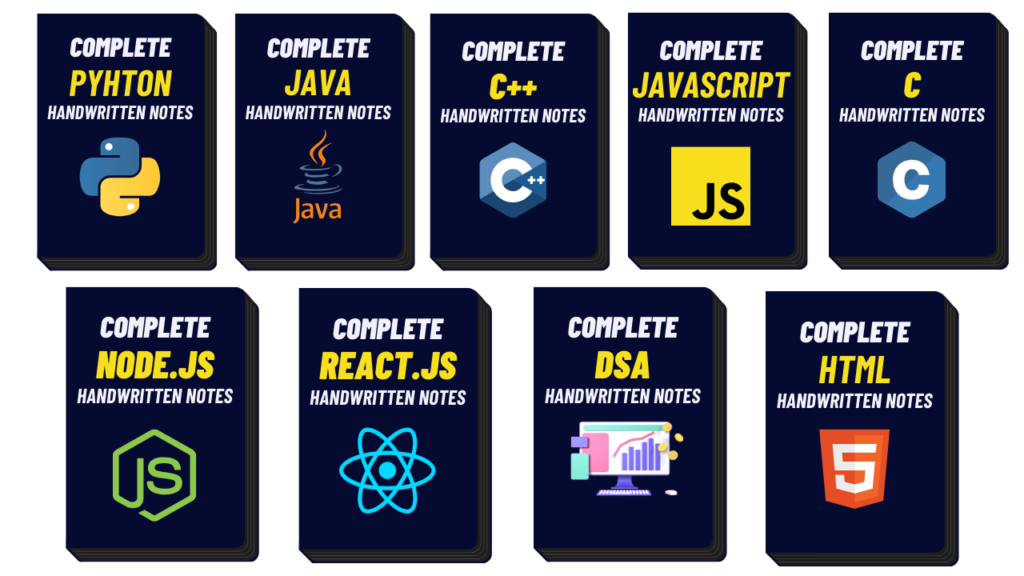Complete Guide about web designing - Foolish Developer
Web designing is the process of creating a website. It involves a combination of different elements such as layout, color, imagery, typography, and functionality to create an aesthetically pleasing and user-friendly website. The goal of web designing Prima Line is to make the website easy to navigate, visually appealing, and to provide an excellent user experience. ElderNode a fast-growing Web Hosting Industry services provider.
Web Designing Elements
- Layout
The layout of a website is the way in which the different elements of the website are arranged. This includes the placement of text, images, and other elements on the webpage. The layout should be visually pleasing and easy to navigate. A good layout will make it easy for users to find the information they are looking for, and will make the website more user-friendly.
- Color
The color of a website plays a vital role in the overall design. It can affect the mood and tone of the website, and can also help to create a sense of unity and cohesiveness. It’s important to choose colors that complement each other and that are easy on the eyes. It’s also important to choose colors that are consistent with the brand and the message that the website is trying to convey.
- Imagery
Imagery includes all the visual elements on a website, such as photos, videos, and graphics. These elements can be used to enhance the overall design and to provide additional information. It’s important to choose high-quality images that are relevant to the website’s content and that are consistent with the brand.
- Typography
Typography refers to the use of different typefaces, font sizes, and font styles on a website. The typography should be consistent throughout the website and should be easy to read. It’s important to choose a font that is easy to read and that complements the overall design.
- Functionality
Functionality refers to the way in which a website works and the features that are available. This includes things like forms, buttons, and links. The functionality should be easy to use and should be consistent throughout the website.
Web Designing Process
- Planning
The first step in the web designing process is to plan the website. This includes determining the goals of the website, the target audience, and the content that will be included. It’s important to plan the website before any design work begins.
- Design
The next step is to design the website. This includes creating a layout, choosing colors, and adding imagery and typography. The design should be visually pleasing and easy to navigate.
- Development
Once the design is complete, the website is developed. This includes coding the website and adding the functionality. The website should be tested and any bugs should be fixed.
- Testing and Deployment
Before the website is launched, it should be tested to make sure that it works correctly. This includes testing the functionality and the design. Once the website is tested and any bugs are fixed, it can be deployed.
- Maintenance
After the website is launched, it should be maintained. This includes updating the content, fixing any bugs, and making any necessary changes.
Web Designing Tools
- Adobe Photoshop
Adobe Photoshop is a popular tool for creating and editing images. It’s often used to create website layouts and to edit images.
- Adobe Illustrator
Adobe Illustrator is a vector graphics editor. It’s often used to create logos, icons, and other graphics.
- Adobe Dreamweaver
Adobe Dreamweaver is a website development tool. It’s often used to code websites and to add functionality.
- Sketch
Sketch is a popular tool for designing user interfaces. It’s often used to create wireframes and mockups of websites and mobile apps.
- InVision
InVision is a prototyping tool that allows designers to create interactive mockups of websites and mobile apps. It’s often used to test the usability of a design before it’s developed.
- HTML and CSS
HTML (Hypertext Markup Language) and CSS (Cascading Style Sheets) are the basic building blocks of web design. HTML is used to structure the content of a website and CSS is used to style it. Together, they are used to create the layout and design of a website.
- JavaScript
JavaScript is a programming language that is often used to add interactivity to websites. It’s used to create things like forms, buttons, and animations.
- WordPress
WordPress is a popular content management system (CMS) that is often used to create websites. It allows users to easily add, edit, and manage content on their website.
Conclusion
Web designing is a complex process that involves a combination of different elements such as layout, color, imagery, typography, and functionality. The goal of web designing is to create a visually pleasing, user-friendly website that provides an excellent user experience.
The web designing process includes planning, design, development, testing and deployment, and maintenance. There are many tools available that can be used to create and edit a website, such as Adobe Photoshop, Adobe Illustrator, Adobe Dreamweaver, Sketch, InVision, HTML, CSS, JavaScript and WordPress.
